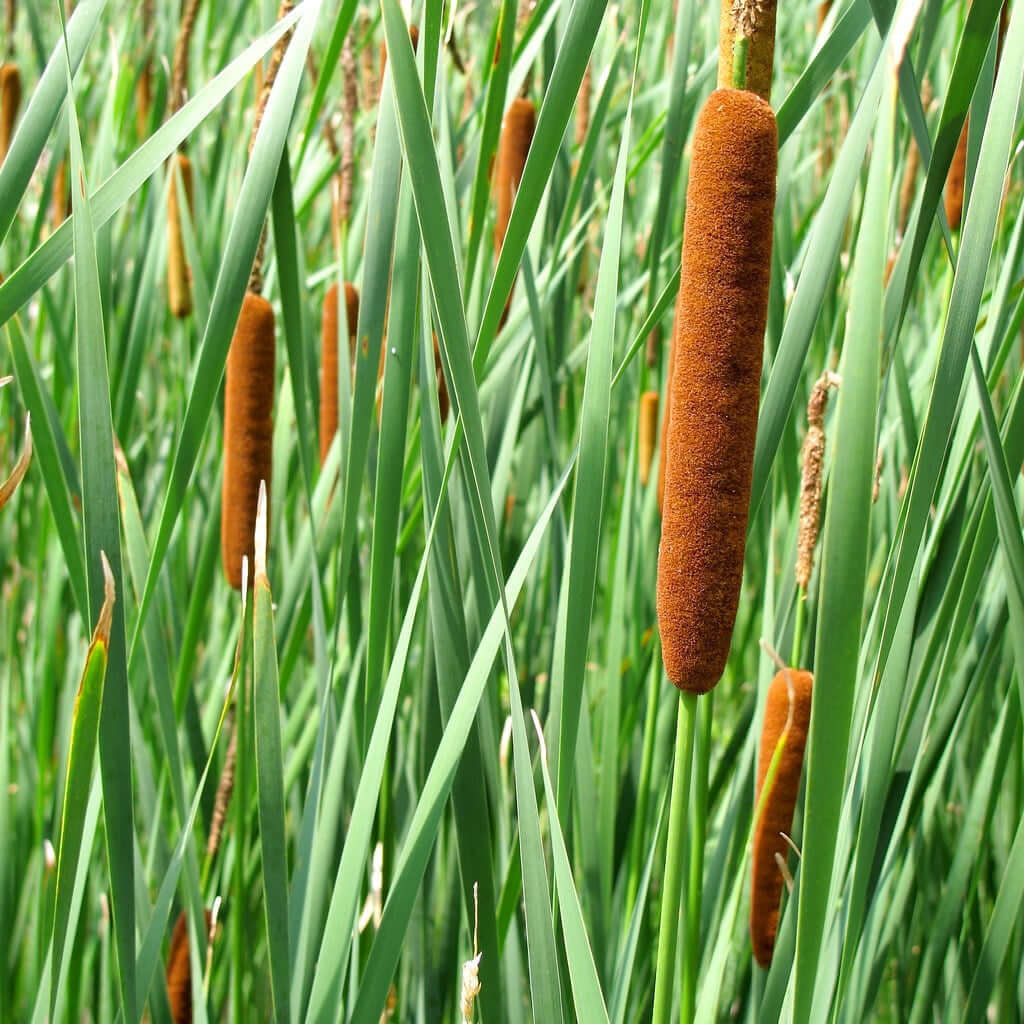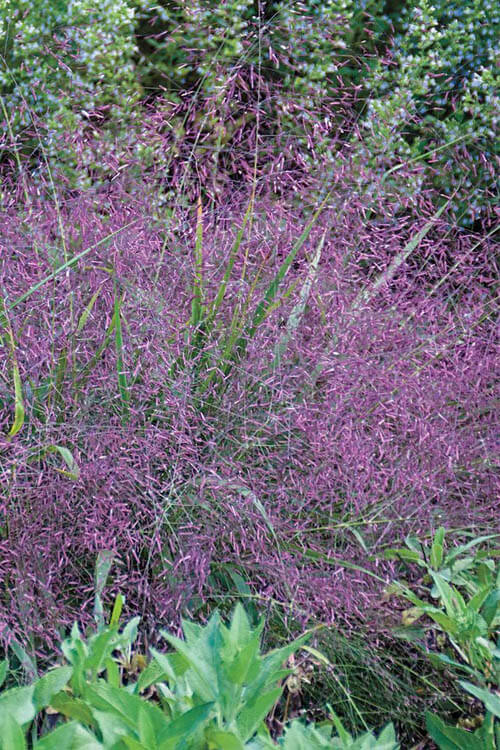Filters
Perennial grasses can be a great addition to landscaping projects. Here are some tips on how to use them effectively:
Perennial grasses can add texture, movement, and interest to any landscaping project. With planning and consideration, they can be a beautiful and low-maintenance addition to your outdoor space.
Perennial Grasses Are Easy To Grow
- Choose the suitable species: There are many perennial kinds of grass, so select the ones that will thrive in most soils and climates.
- Conditions are essential. Some popular options include a fountain, blue oats, and maiden grass.
- Consider height and texture: They come in various heights and textures, so consider how they complement other plants in your landscape design. Taller grasses like switchgrass can be used as a backdrop, while shorter grasses like blue fescue can be used as a ground cover.
- Group them: They can look great when planted in large groups or drifts. This creates a natural look and can help tie together different parts of landscape design.
- Use them as borders: They can also create borders around garden beds or paths. This can help to define the space and add visual interest.
- Combine with other plants: Perennial Grasses can create a dynamic landscape. Try pairing them with flowering perennials or shrubs for stunning display maintenance. While they are generally low-maintenance, it's essential to consider their specific needs when incorporating them into your landscape design. Some grasses may require occasional pruning or dividing to keep them looking their best.







